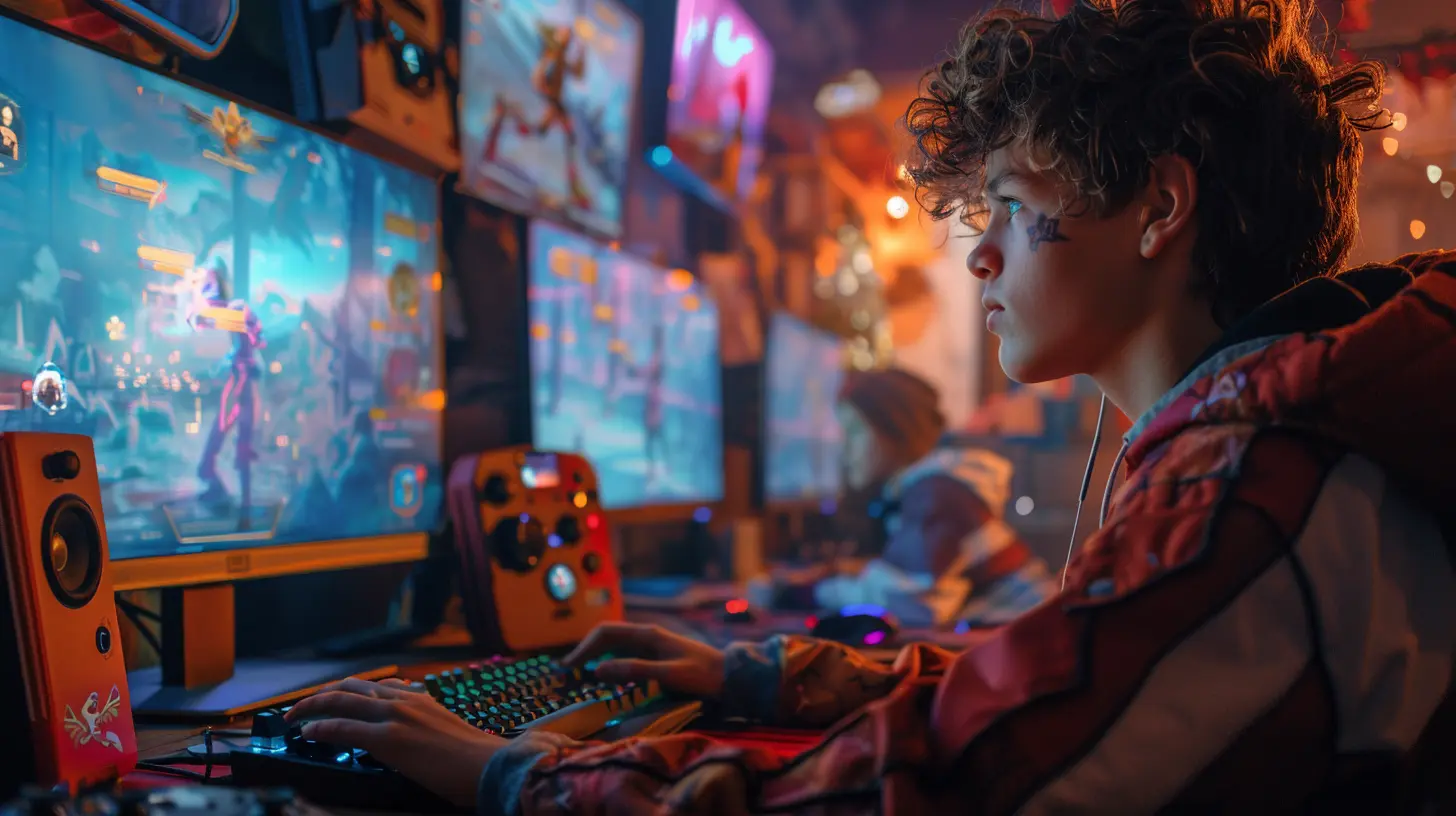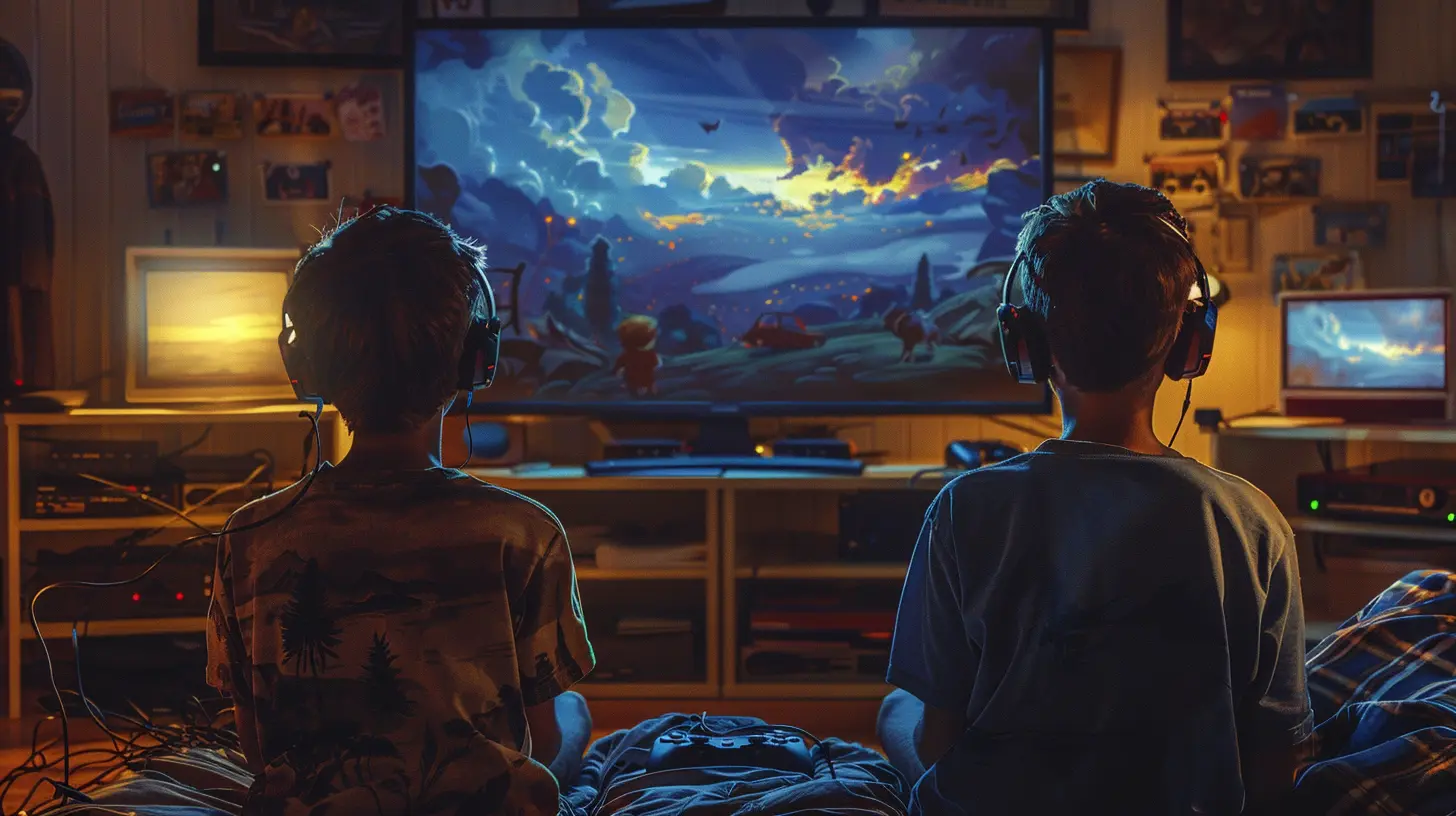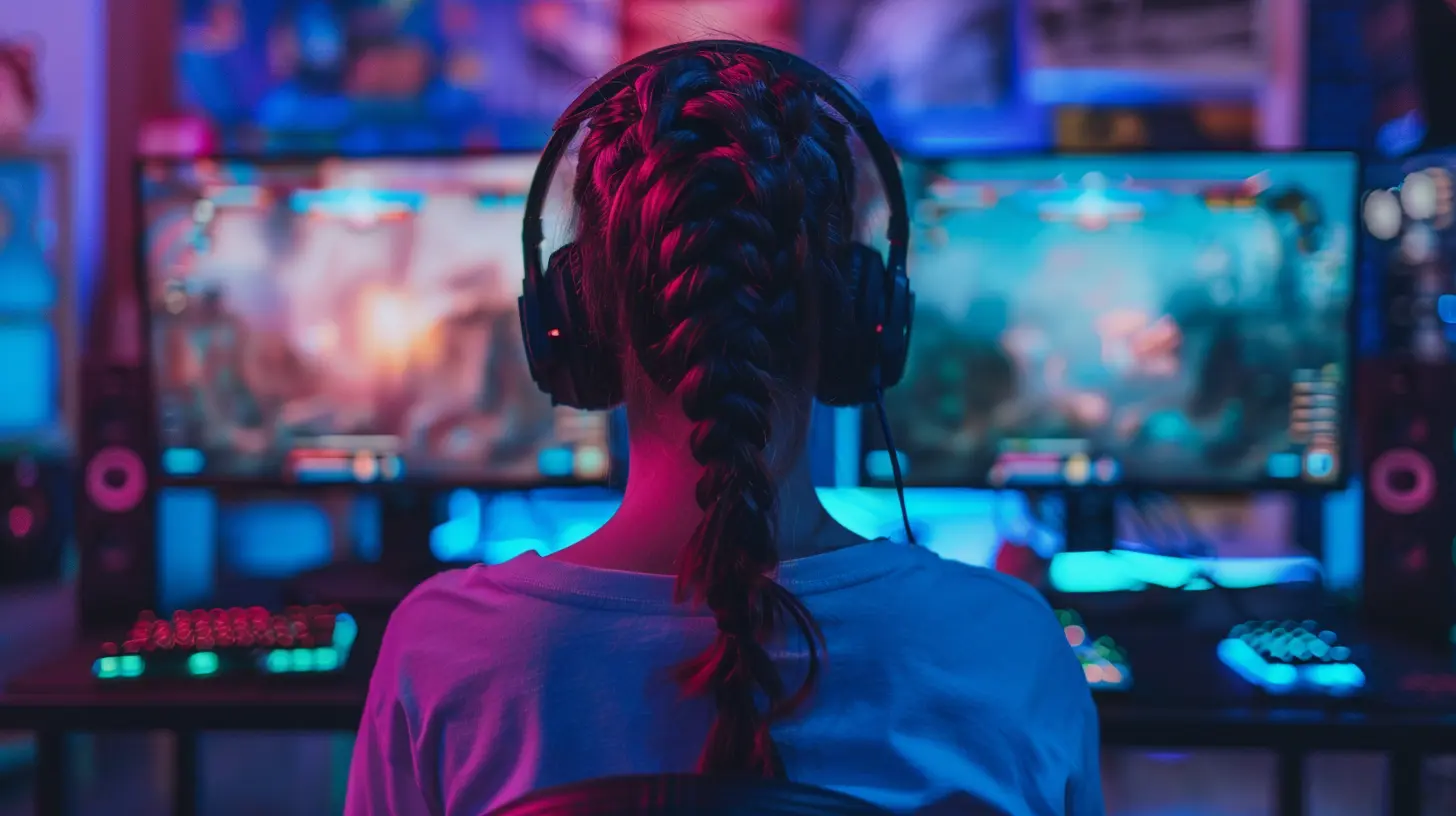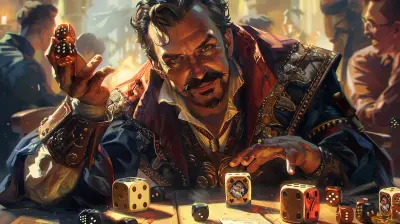How Story-Driven Games Are Captivating Teen Gamers
15 August 2025
Video games have come a long way from the pixelated jump-and-run days that we grew up loving. These days, it's not just about shooting enemies or racking up high scores — it's about stepping into another world, connecting with characters, and feeling like you're living a second life. That’s where story-driven games come in, and let me tell you, teens are eating them up like it’s their favorite pizza topping.
So, why are story-driven games becoming the go-to choice for teen gamers?
Let’s dive into the world of immersive narratives, emotional rollercoasters, and why clicking “Next” in a dialogue box can sometimes be more exciting than landing a headshot.
What Are Story-Driven Games, Anyway?
Let’s keep it simple. Story-driven games are all about the narrative. Sure, there might still be action, puzzles, or some exploration — but the heart of the game is its story. Think of them like interactive movies or books where you get to make the calls.Games like _The Last of Us_, _Life is Strange_, _Detroit: Become Human_, and _Firewatch_ are perfect examples. They’re packed with character development, plot twists, and emotional impact. These games make you feel something — and that’s the hook.
Why Are Teens So Hooked on Story-Driven Games?
1. They Want More Than Just Action
It's not that teens are turning their backs on fast-paced action. It's that they want a little more. They crave depth — something that makes them think, feel, and sometimes even cry (yeah, we said it!).Have you ever finished a story-driven game and just stared at the screen like, “What did I just experience?” That's exactly the vibe that keeps teens coming back for more.
2. They're Growing Up With Stronger Emotional Intelligence
Today’s teens are incredibly emotionally aware. They talk about mental health, they understand empathy, and they care about diversity and inclusion. Story-driven games tap into all of that.Characters face real-life issues: bullying, loss, love, identity crises — and the player gets to walk through those moments, often making difficult choices. It’s personal, and it sticks with you.
3. They Want to Make Choices That Matter
Here’s the thing: when a game asks you to decide whether a character should live or die — and the entire outcome changes based on your decision — it feels powerful. Teen players love that.Story-driven games often give players moral dilemmas, and there’s rarely a “right” answer. It’s all grey area, which mirrors real-life experiences for many teens figuring things out.
The Rise of Narrative-Heavy Titles
Let’s be real — some of the biggest hits in the last decade are story-driven games. And they’re not just “popular,” they’ve won Game of the Year trophies and stolen the hearts of millions.Games like _Red Dead Redemption 2_ didn't just wow players with visuals — the story of Arthur Morgan had people sobbing on Reddit threads. _Life is Strange_ gave teens a glimpse into time travel and tough life choices. These games make players feel like they know the characters better than their IRL friends.
And guess what? This trend isn’t slowing down.
Genres Are Blending — And Teens Love It
What’s really cool is how story-driven elements are showing up in traditionally non-narrative genres. Take BR games like _Fortnite_ — even they’re experimenting with lore and storylines now.Role-playing games (RPGs), action-adventures, and even horror games are all getting narrative makeovers. Want a zombie apocalypse with heart-wrenching storytelling? Enter _The Last of Us_. Want a crime story better than half the stuff on Netflix? Play _Mafia: Definitive Edition_.
Story is becoming a core part of the gaming experience, not just a bonus.
How Streaming and TikTok Are Amplifying The Fascination
Let’s not overlook the impact of social media and streaming platforms. Teen gamers don’t just play games, they watch other people play them. And story-driven games are absolutely perfect for this. Why?Because they’re engaging. They make viewers ask, “What happens next?” It’s like binge-watching a miniseries on Netflix, but your favorite streamer is behind the wheel.
TikTok, on the other hand, is packed with mini-compilations of epic moments, sad endings, and players reacting to game scenes. It's a digital scrapbook of raw emotions — and it spreads the word fast.
Emotional Connection = Stronger Loyalty
Let’s get personal for a second. When you really connect with a character in a game, it sticks. You remember their name, their backstory, maybe even what color hoodie they wore in that one crucial scene.That kind of emotional investment builds loyalty.
Teens aren’t just buying games anymore; they’re buying into experiences. If a story pulls them in emotionally, they’ll follow that game series, replay it, and talk about it for years. Heck, some even get tattoos of their favorite characters (no kidding).
Diversity and Representation Matter
Today’s teen gamers are more diverse than ever — and they want to see that reflected in the games they play. Story-driven games are stepping up, offering characters of different races, gender identities, sexual orientations, and backgrounds.Games like _Tell Me Why_ feature transgender protagonists. _Life is Strange: True Colors_ lets players explore complex identity and emotions. These inclusions aren’t just token gestures — they’re meaningful stories that help all types of players feel seen.
And that’s priceless.
The Psychology of Immersion
Let’s nerd out for a second. There's actual science behind why story-driven games are so addictive.When a player gets pulled into a well-told story, their brain releases dopamine — the feel-good chemical. This makes the experience stickier and more enjoyable. Combine that with interactivity, and boom, you’ve got something even movies and books can’t quite match.
It’s not just watching a story unfold — it’s being part of it. That’s a powerful psychological cocktail that teen brains, which are still developing and super receptive to emotional experiences, especially respond to.
Replayability Through Choices
One of the best things about these games? You can play them again — and again — and get totally different outcomes.Teens love experimenting. They’ll try one route and think, “Hmm, what if I told the truth instead of lying to that character?” Then they’ll restart and get a wildly different result.
Multiple endings and branching storylines give them control over their experience. And they want that control — especially in a world where so many things feel out of their hands.
The Future of Storytelling in Games
Get ready — the future is looking even brighter for narrative-driven gaming.With the rise of AI and more advanced storytelling engines, developers are building even more complex and responsive stories. Imagine a game where no two playthroughs are the same — now that’s the kind of innovation that’ll keep teens (and the rest of us) hooked for the long haul.
We’re also seeing more indie developers jumping into the story game pool — and they’re creating insanely unique and personal narratives that big studios might not dare to touch. That diversity in voices means even more relatable content for all types of gamers.
Wrapping It Up
So, why are story-driven games captivating teen gamers? Because they're real, emotional, and meaningful. They’re not just games — they’re journeys. They reflect what teens are going through, challenge their ways of thinking, and let them step into someone else’s shoes (sometimes quite literally).As the gaming industry evolves, one thing's super clear: strong storytelling isn't a niche anymore. It's the new normal. And teen gamers? They’re leading the charge.
If you’ve never played a story-driven game before, maybe it’s time to jump in. Just be warned — you might come for the game, but you’ll stay for the feels.
all images in this post were generated using AI tools
Category:
Games For TeensAuthor:

Madeleine McCaffrey
Discussion
rate this article
2 comments
Emmeline Kline
Compelling narratives truly engage and resonate with teens.
November 24, 2025 at 5:48 PM

Madeleine McCaffrey
Absolutely! Compelling narratives create strong emotional connections, making story-driven games incredibly engaging for teens.
Aleta West
Great insights! Storytelling truly engages gamers!
August 23, 2025 at 3:47 PM

Madeleine McCaffrey
Thank you! I'm glad you found the insights valuable—storytelling is indeed a powerful tool in engaging teen gamers!


